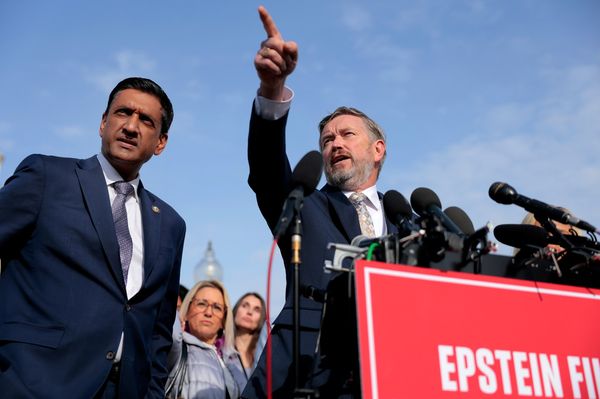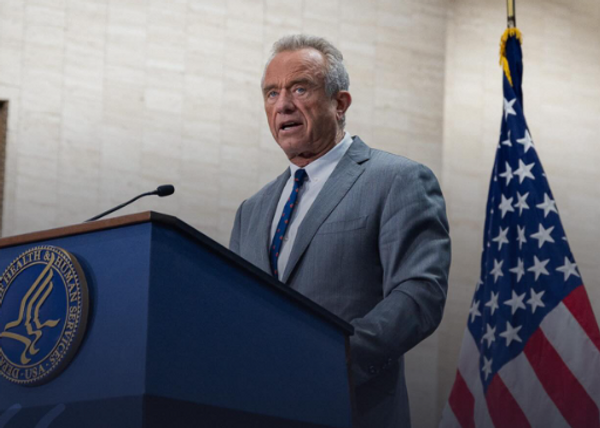
Britain’s clean energy future risks creating “winners and losers” if lower-income households are not shielded from the costs added to energy bills to pay for it, the head of the energy regulator has said.
Jonathan Brearley, Ofgem’s chief executive, said a “systematic approach” to sharing the rising costs of the government’s green power ambitions was needed to avoid poorer households facing soaring monthly payments.
The regulator for Great Britain launched a root-and-branch review on Wednesday into how the costs of upgrading the energy networks can be recovered through home energy bills in a way that is fairer.
The review could include plans to cut standing charges for lower-income households while wealthier customers pay a higher cost for upgrading the energy system.
Brearley told the Guardian: “All of these changes that one might make to create a better energy system will have winners and losers. It may well be that the best thing to do is to have a more systematic answer to the question of affordability.”
This would allow the country to make sweeping changes to the energy system “without always living in fear that you’re going to make some people on low income even worse off”, he added.
Energy affordability has become a rising concern in Whitehall in recent years as gas and electricity bills have become a larger part of each household’s total costs, while the levies used to support grid upgrades and low-carbon energy projects have become a larger part of energy bills.
This trend is likely to accelerate, according to industry experts. As Great Britain begins to rely more on cheaper homegrown renewable energy the cost of electricity may fall but the fixed costs levied on to bills will continue to rise to cover the costs of a changing energy system.
Currently the cost of maintaining the pipes and wires that deliver the gas and electricity to homes and businesses is recouped through standing charges on home energy bills. These fixed daily charges, which also include the cost of fitting smart meters and other policy costs, are applied to energy bills regardless of how much energy a bill payer uses.
This means cash-strapped households who are unable to heat their homes still bear the full brunt of covering energy network costs while vulnerable consumers – who are often high users of energy for medical or health needs – will also end up paying above the odds to maintain the grid.
The standing charge has ballooned in recent years from an average of £182.27 a year five years ago to an average of £334.07 a year – or almost a fifth of the average annual energy bill.
These costs have been described by the consumer champion Martin Lewis as “a moral hazard”, and could climb further as the UK prepares to invest heavily in upgrading its electricity grids to meet the government’s goal of creating a clean energy system by 2030.
“We want to get under the skin of how those costs are allocated across the system,” Brearley said. “Is it still right that we have variable charges by region? If we are wanting to encourage people to use energy when [renewable energy] is more abundant, then is there a way to allocate these costs to do this? And should this be on the volumetric charge or the standing charge?”







